Let’s explore effective solutions to seal drafty windows and increase energy efficiency in your home.
As a child, I remember sitting by the window on a chilly winter day, wrapped up in my warmest blanket, watching snowflakes dance outside. It was magical.
But as an adult and homeowner, I now know that those same windows that once brought me joy are also responsible for letting in drafts and causing energy loss. And let’s face it – high energy bills are anything but magical.
That’s why I’m here to share with you some solutions to seal the deal on efficiency and keep your home comfortable all year round. From simple DIY fixes to more advanced options, we’ll explore ways to tackle drafty windows head-on and save you money in the process.
So grab a cup of hot cocoa (or coffee if that’s more your style), snuggle up by your drafty window, and let’s dive into the world of energy-efficient windows together!
Understanding Drafty Windows

As I sat by my drafty window, wrapped up in a blanket, I couldn’t help but wonder why it was so chilly inside. It wasn’t until later that I learned about the concept of air leaks and how they can cause drafts and energy loss in homes.
Drafts occur when there are gaps or cracks around windows that allow outside air to seep into your home. This not only makes your living space uncomfortable but also causes your heating system to work harder than necessary, resulting in higher energy bills.
Understanding where these drafts come from is the first step towards fixing them. Some common culprits include poorly sealed frames, worn-out weatherstripping or caulking, and single-pane windows without insulation.
But don’t worry – there are plenty of solutions available to tackle these issues head-on!
Causes of Energy Loss
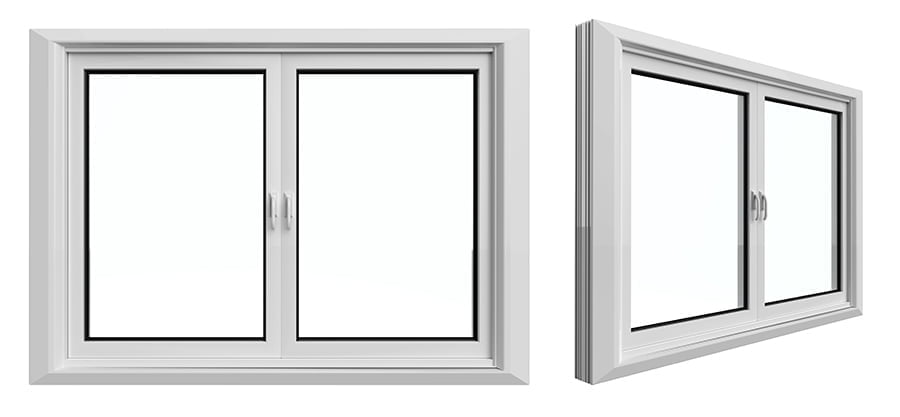
What causes the energy loss? There are several factors at play.
Firstly, air leaks around the window frame and sash can allow cold air to seep into your home while warm air escapes outside. This is especially common with older windows or those that have not been properly maintained over time.
Secondly, single-pane glass windows provide little insulation against temperature changes compared to double-paned or triple-paned options available today. The space between panes is an insulating barrier that helps keep your home’s temperature stable.
Lastly, even if you have newer double-paned or triple-paned windows installed correctly without any gaps around them – they may still be losing heat through conduction (the transfer of heat through materials). In other words: the material used for framing and glazing could be conducting too much heat away from your house during winter months making it feel colder than necessary inside!
Now that we know some of the causes behind energy loss let’s explore solutions on how we can seal these drafts once and for all!
Window Insulation Basics
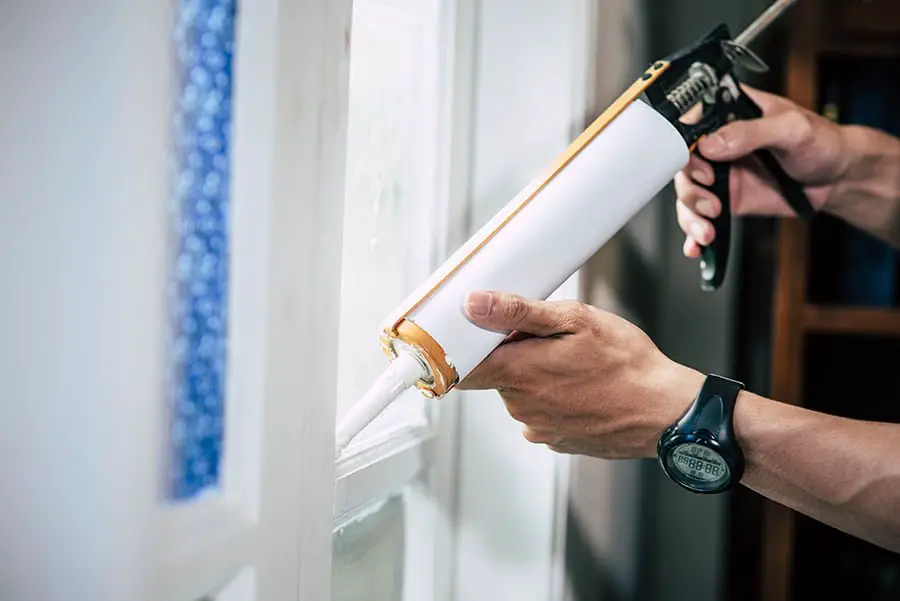
One of the most basic ways to improve window efficiency is through insulation.
Window insulation can help reduce drafts, prevent heat loss in winter and keep your home cooler in summer.
There are several types of window insulation available on the market today, including weatherstripping, caulking and plastic film kits. Weatherstripping involves sealing gaps around movable parts like sashes or frames with adhesive-backed foam tape or felt strips.
Caulking is used for filling larger gaps between stationary parts like frames and walls using a silicone-based sealant.
Plastic film kits are another popular option for insulating windows during colder months. These kits consist of clear plastic sheets that you apply over your existing windows using double-sided tape before shrinking them into place with a hairdryer.
While these methods may seem simple enough to do yourself at home (and they often are), it’s important to note that proper installation is key when it comes to maximizing their effectiveness. So if you’re ready to tackle those drafty windows head-on but aren’t sure where to start – don’t worry! We’ll cover all the basics so you can confidently seal up those leaks once and for all!
Sealing Gaps and Cracks

Another way to tackle this issue is by sealing gaps and cracks around your windows.
These small openings may seem insignificant, but they can add up quickly when it comes to energy loss.
As a homeowner, I know firsthand how frustrating it can be to feel cold air seeping through those tiny crevices on a blustery day. But fear not! You can try several simple solutions at home without breaking the bank.
One option is using weatherstripping tape or foam sealant strips along window frames and sills. This will help fill any gaps between your window panes and prevent drafts from entering your home.
Another solution is caulking around the edges of your windows with silicone-based caulk. This method requires a bit more effort than weatherstripping but provides long-lasting results that will save you money on heating bills for years to come.
By taking these steps towards sealing gaps and cracks in our homes’ windows, we’re not only improving our comfort levels but also doing our part for environmental sustainability by reducing energy waste – all while enjoying those magical winter scenes outside without feeling like Jack Frost himself has taken up residence indoors!
Weatherstripping Solutions
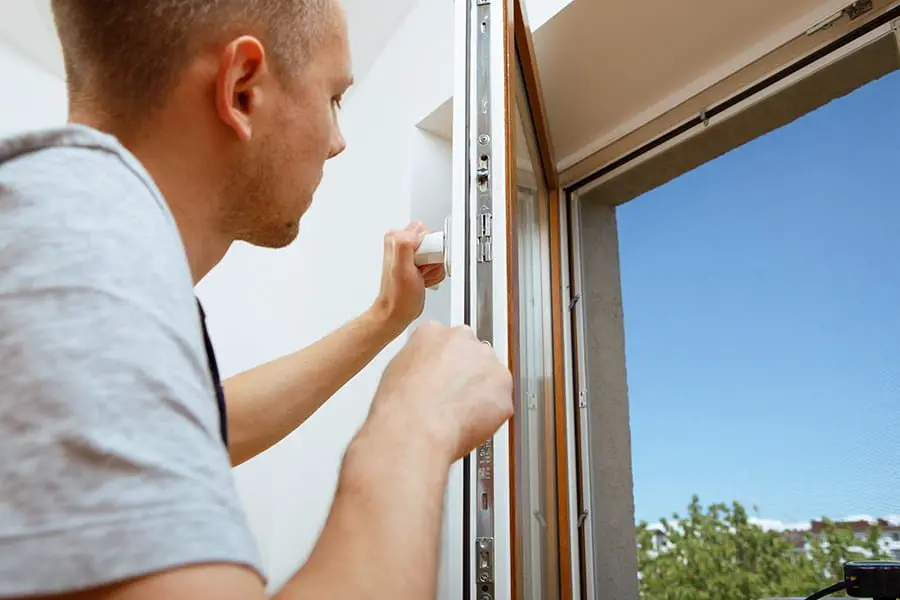
Weatherstripping comes in various materials such as foam tape, V-strip, door sweeps or even silicone caulk. It can be applied quickly with no special tools required making it a great DIY solution for homeowners looking for an efficient fix.
Not only does weatherstripping help keep out drafts but it also helps reduce noise pollution from outside sources like traffic or construction sites. Plus, you’ll see savings on your energy bills almost immediately! So if you’re tired of feeling chilly by your own window or hearing every car honk on the street below – give weatherstripping a try!
Caulking Techniques
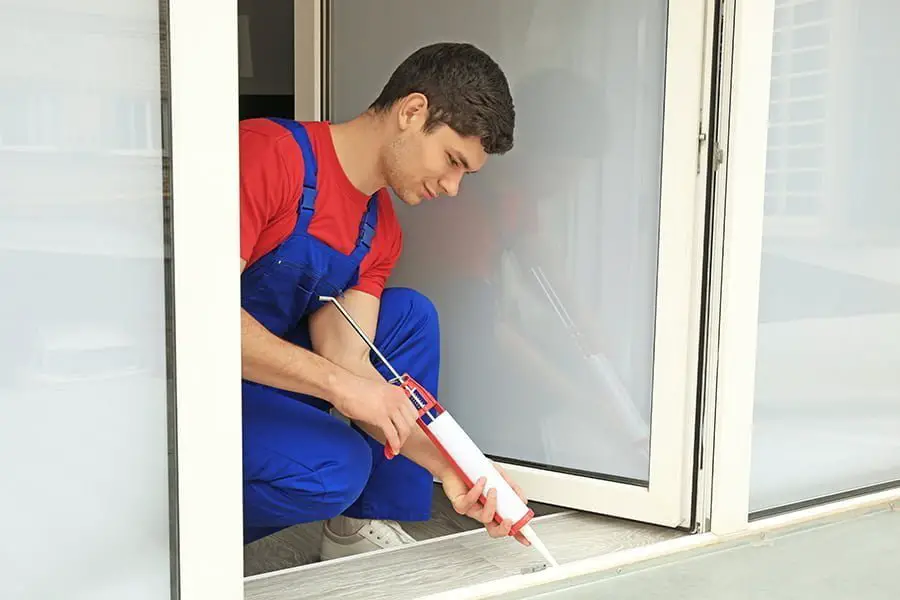
Caulk is a flexible material used to seal gaps between stationary building components such as window frames and walls. But before you start applying caulk willy-nilly, there are some techniques you should know about for maximum effectiveness.
First off, make sure the area around your window frame is clean and dry before applying any caulk. Next, use a putty knife or scraper to remove any old or loose caulk from previous attempts at sealing.
When it comes time to apply new caulk, hold the gun at a 45-degree angle while squeezing out an even bead along the gap between your window frame and wall (or wherever else needs sealing). Use steady pressure on the trigger for consistent application.
Once applied, use your finger or another tool like a plastic spoon dipped in water (to prevent sticking) to smooth out excess caulking material into an even line with no bumps or ridges – this will ensure proper adhesion once dried!
By following these simple caulking techniques when tackling drafty windows in your home renovation project arsenal – you’ll be well on your way towards energy efficiency!
Window Film Installation
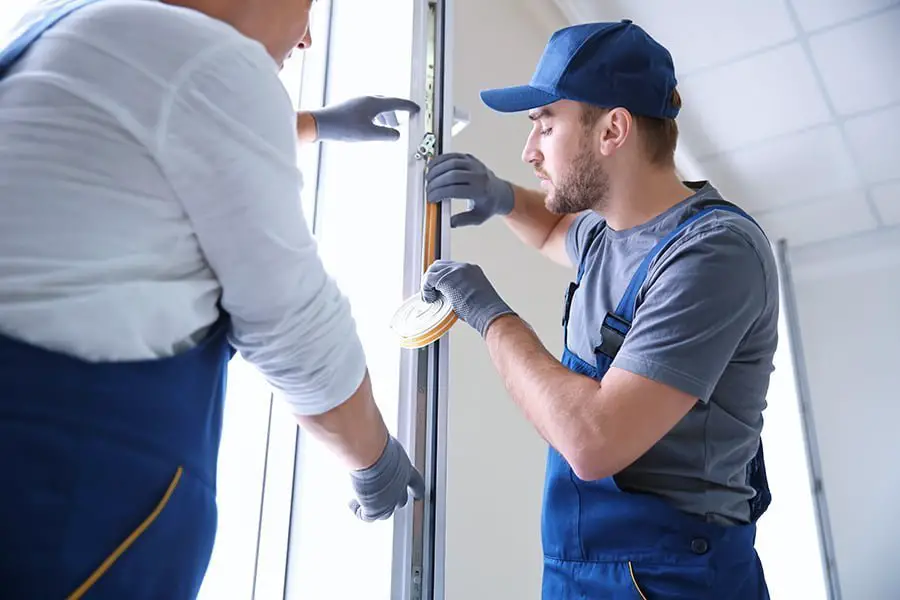
Window films are thin, transparent sheets that can be applied directly onto your existing windows. They work by creating a barrier between the interior of your home and the outside elements, reducing heat loss in winter and blocking out UV rays in summer.
As I sat by my own drafty window with a cup of hot cocoa, I decided to give this solution a try. After researching different options online, I found an easy-to-install film that promised to reduce energy costs while still allowing natural light into my home.
The installation process was straightforward – all it took was some soapy water, a squeegee tool (included with the kit), and about 30 minutes of my time per window. Once installed, I immediately noticed an improvement in temperature control within my home.
Not only did this solution help me save money on energy bills but it also provided added privacy from nosy neighbors without sacrificing natural light or obstructing views.
If you’re looking for an affordable way to improve efficiency without compromising aesthetics or functionality, consider giving window films a try!
High-Efficiency Replacement Options
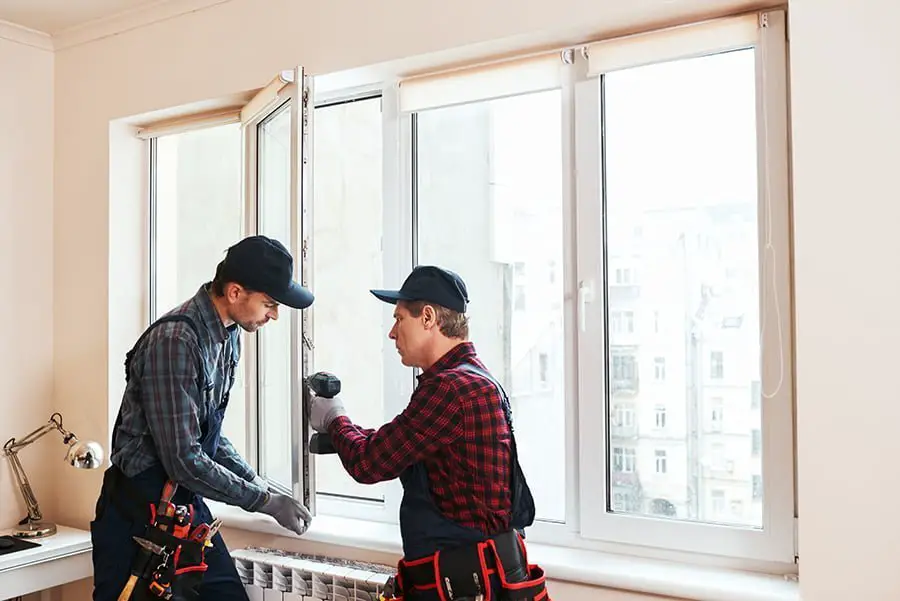
If you’re dealing with old, drafty windows that just won’t seal properly no matter what you do, it may be time to consider high-efficiency replacement options.
While this can be a more expensive solution than some of the DIY fixes we’ve discussed earlier, it’s also one of the most effective ways to reduce energy loss and save money on your utility bills in the long run.
That’s why investing in high-efficiency replacement windows was one of the best decisions I ever made for my home.
These new windows eliminated drafts and improved overall comfort levels inside my house and helped me save significantly on heating costs during those chilly winter months.
And while there is certainly an upfront cost associated with replacing your old windows with newer models designed for maximum efficiency (such as double- or triple-pane glass), many homeowners find that this investment pays off over time through lower energy bills and increased property value.
So if you’re tired of feeling like Jack Frost is always nipping at your nose (and wallet), consider exploring high-efficiency replacement options for your home’s drafty windows – it could make all the difference!
Related Stories
- Addressing Air Leakage in Energy-efficient Windows: Sealing the Gaps
- Window Insulation Techniques: Combatting Energy Loss
- Weatherstripping and Caulking for Energy-efficient Windows: A Complete Guide
- Reducing Energy Loss Through Windows: Essential Tips and Tricks
- Retrofitting Existing Windows for Energy Efficiency: A Practical Approach
Recap
